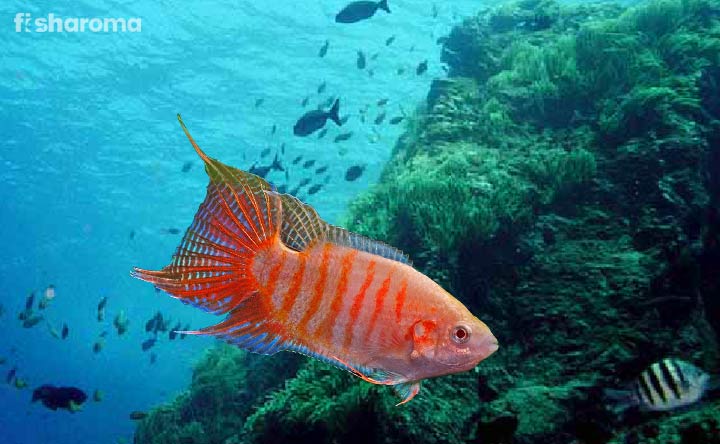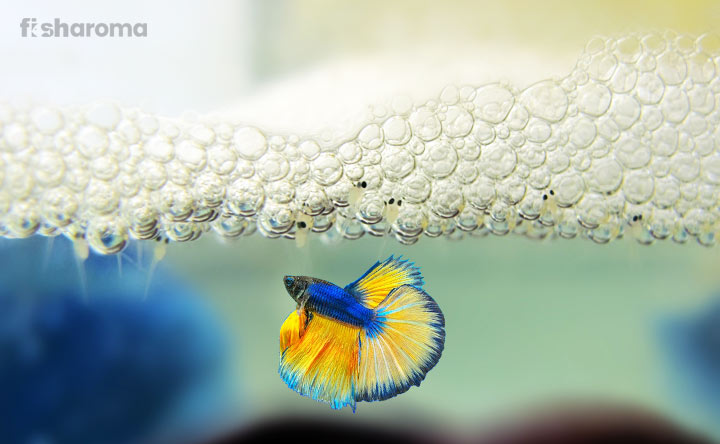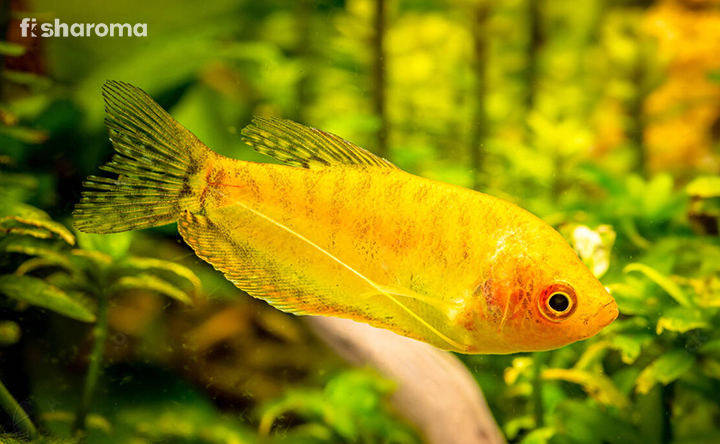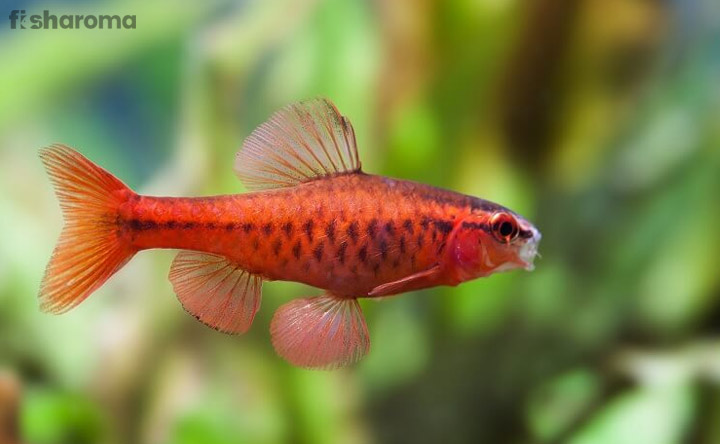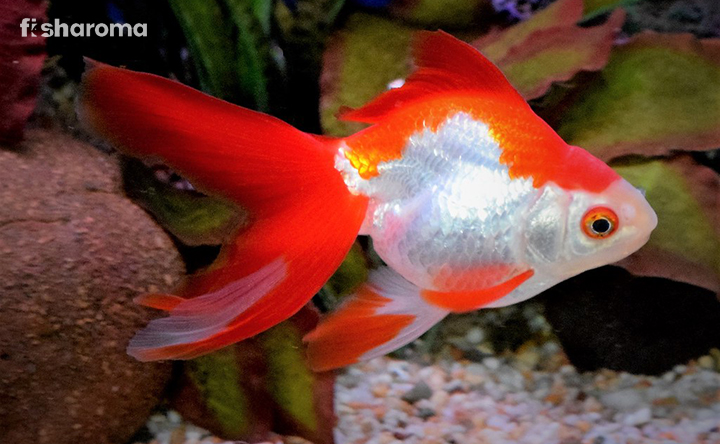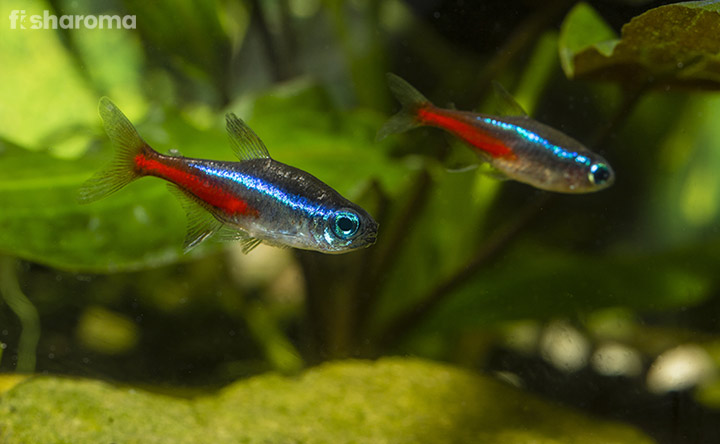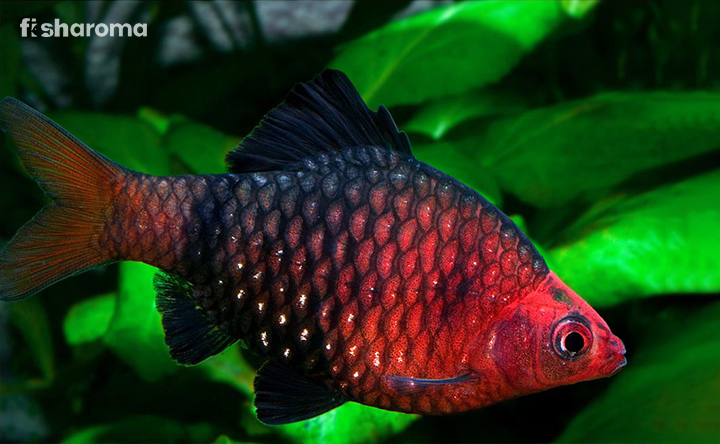A Comprehensive Care Guide to Chili Rasbora
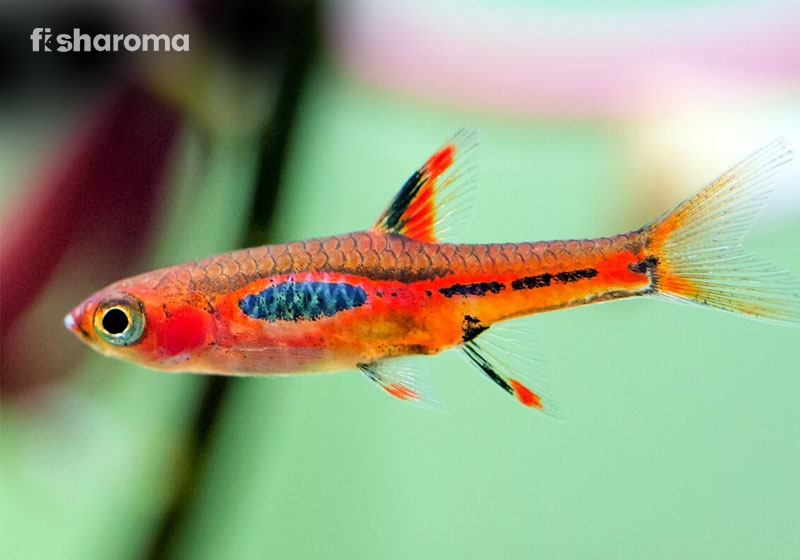
If you want to host a school of peaceful fish in your aquarium and are running short of options, we have the exact choice for you. These beautiful, little creatures can fit into any tank and will elevate the aesthetics of your home in a way that you didn’t think of before. We are talking about the ever charming Chili Rasbora.
Now, although they are pretty easy to pet, it never harms to get yourself acquainted with their care guide, and we are here exactly to help you do that. Here’s presenting before you a comprehensive care guide for the same.
Key Specifications of Chili Rasbora
Before we dig deep into the lives of a Chili Rasbora, let us take a quick look at some of their key specifications.
| Scientific Name | Boraras brigittae |
| Origin | Borneo |
| Lifespan | 6-8 years |
| Colours | Red, black |
| Temperament | Peaceful |
| Size | .6-.8” (1.5-2 cm) |
| Diet | Omnivore |
| Family | Characidae |
| Compatibility | Moderate |
| Tank Size | 5 gallons |
| Care Level | Easy |
Overview
Chili Rasboras are extremely easy to pet, which is highly recommended for beginners. They make for great additions in any tank because of their high compatibility as well. As such, you get a variety of options to pet them in whichever type of tank size you prefer.
Their scientific name is Boraras brigittae. They are also known as Mosquito Rasbora. Remember, they are not truly Rasboras, but instead belong to the Borarus genus.
Origin & Habitat of Chili Rasbora
Chili Rasboras are native to Indonesia’s Southwestern Borneo region. They are mostly seen in blackwater streams and pools. There is heavy vegetation in the water they live in. As such, they prefer living in dim-lit areas.
Appearance of Chili Rasbora
One of the most striking aspects of Chili Rasboras and the primary reason behind their popularity is their appearance.
Size of Chili Rasbora
One of the smallest tropical freshwater fish out there, Chili Rasboras grow up to .6-.8” (1.5-2 cm) in size.
Colour of Chili Rasbora
They primarily have a red body but have a dark stripe running along the side of their bodies. This dark stripe is highlighted even more with the presence of a deep red stripe over it.
There are also tiny dark spots at the base of their tail and anal fins. In case of the males, the red stripes are more vivid than their female counterparts.
Behaviour of Chili Rasbora
As we have stated above, they are extreme docile and peaceful by nature, which makes them absolutely brilliant pet to have. They would mostly occupy the middle and top portion of your aquarium. However, when they want to eat, you will find them at the bottom of the tank.
Since they are schooling fish, it is mesmerizing to watch them swim together. Make sure you have tight lid on your aquarium. Although, they don’t jump, they can sometimes leap out of the tank, which may lead to their death.
Lifespan of Chili Rasbora
Many people might think that they have an extremely small lifespan due to their small size. However, they can live around six years. But, if you provide them with all the healthy conditions, they can even survive for eight years.
So, be sure to prepare yourself for a long commitment if you want to pet them. Don’t just dump them in the nearby pond after a few years since they may not be able to survive on their own.
Diet of Chili Rasbora
Omnivorous by nature, they have an extremely diverse range of diet. As such, you don’t need to worry too much about finding food for them. In fact, we highly recommend you to provide them a whole range of different types of food since this would not only ensure the best health for them, but also would help bring up the brightest colour in their body.
Please ensure that you don’t overfeed them since they are tiny in stature and they can get sick if you feed them too much. The more they eat, the more waste products they would create, which would ultimately make the water dirty and lead to various diseases.
Provide them with pellets, flakes, frozen as well as fresh food sources, especially proteins such as micro worms and bloodworms. Please remember that you need to thaw the frozen food before putting them in the tank water. Also, chop the food into small pieces so that they don’t get choked.
Tank Requirements for Chili Rasbora
In order to create a healthy environment for them in your aquarium, make sure that you fulfil the following criteria:
Tank Size
You can keep a school of around six Chili Rasboras in a 5-gallon tank. However, if you are aiming for a large school or a community tank, then you obviously need a larger tank. Ideally, increase the tank size by one gallon per two Chili Rasboras.
Tank Lid
As we have stated above, having a tight lid in your aquarium is a must as it would keep dust away from the water and also protect the fish from leaping out.
Substrate
Having a dark substrate will highlight their bright colours even more. So, try to keep that in mind. Gravel-based or texture sand are ideal substrate for them.
Filter
Chili Rasboras need clear water to survive. As such, you need a filtration system in your aquarium. However, you need to ensure that the filter is not too strong since any major change in the water conditions could prove to be fatal for them.
Ornaments
Feel free to decorate your tank with caves, castles, rocks, stones, and pebbles as you please. Just ensure that none of them have any artificial toxic colours or any sharp edges since those can prove to be fatal for them. Don’t forget to add driftwood, logs, and branches too since they will help in breaking up the water current.
Presence of Flora
As we have discussed above, they live in a thick vegetation area. So, feel free to include lot of floating plants in the tank. However, don’t crowd it too much so that they have no access to any light or oxygen.
Planted plants also work well for them. Remember, these plants will be home to various worms and planktons. So, they will also play a major role in their diet.
Lighting
They don’t have any high light requirement. In fact, ensure that you have a dim light setting in the tank that hosts Chili Rasbora.
Cleaning Method
These species are extremely sensitive to dirtiness. So, cleaning the tank on a regular basis is an absolute must. Wipe the interior walls with a soft cloth that is dipped in lukewarm water. Put the ornaments and substrate under running tap water. Use an algae scraper to get rid of algae. Don’t use any soap-based or chemical-based products to clean the tank since that would harm the health of your fish. Try to repeat this process once a month at least.
Water Type for Chili Rasbora
Let us now focus on the type of water you need to provide to them for ensuring their good health. You can either use distilled water or try and dilute tap water in order to ensure the right conditions.
Temperature
The ideal temperature of the water should be 68-82.4° F (20°-28° C). You can use an aquarium heater and an aquarium thermometer in case your heater doesn’t have a thermometer reading.
pH Level
These fish prefer slightly acidic and soft water. As such, try to keep the pH level of the water 4-7. You can use peat moss or pellets or even almond leaves n your tank since they release tannins which naturally help in lowering the pH level.
Hardness
The carbonate hardness of the tank water where you keep Chili Rasboras in should be 3-12 dKH.
Replacement Procedure
Regular replacement of the water would help in keeping them healthy. You can replace 10 per cent of the water on a weekly basis or 25 per cent of the water every 15 days. Else, you can replace 40 per cent of the water on a monthly basis. Choose any of the three.
Remember, when you are replacing the water, keep the parameters (temperature, pH level, hardness, etc.) of the new batch of water the same as that of the existing batch of water. Also, never replace the entire water content altogether as this would kill off the beneficial bacteria needed for maintaining the balance in the ecosystem of your aquarium.
Compatibility of Chili Rasbora
Since they are schooling fish, they obviously are pretty compatible with one another. For creating a school, you would need at least a minimum of six Chili Rasboras. However, they stay much happier when kept in a large school of 20 or more Chili Rasboras.
Suitable Tankmates for Chili Rasboras
Being peaceful, they can survive being kept with a bunch of other species, especially those that are small in stature and peaceful by nature just like them. They also bode well with small invertebrates.
Some of the ideal tankmates for Chili Rasboras are as follows:
- Cory Catfish
- Sparkling Gourami
- Chocolate Gourami
- Celestial Pearl Danio
- Neon
- Wood Shrimp
- Amano Shrimp
- Cherry Shrimp
Unsuitable Tankmates for Chili Rasboras
Make sure that you don’t keep them with larger or aggressive species since not only they would steal their food but also make food out of them.
Breeding of Chili Rasbora
Male Chili Rasboras turn bright red they are ready to breed. They also become highly territorial during these times. You will also find them trying to draw the attention of the females in a number of different ways. Once the female lays the eggs, neither her nor the male make much effort into taking care of the eggs. In fact, they cannibalize their eggs.
You can, therefore, keep the eggs in a separate tank. If you don’t have enough, make sure your existing tank has enough hiding spots and is dense enough for them to survive from the threat of others. Once the eggs hatch, you can feed them paramecium and Infusoria until they grow up.
For encouraging breeding, you would need 1-2 females per male in a tank. Ideally, we recommend adding a small group of Chili Rasboras to a spawning container with mesh at the bottom. The mesh should be large enough for the eggs to fall through but small enough so that the parent can’t access the eggs to eat them. Don’t keep them in the breeding tank for more than 3-4 days since they might fall sick.
Make sure the water parameters (Temperature, pH level and hardness) are always consistent.
Summary
Chili Rasboras are among the most magnificent creatures that you can pet in your home. They are pretty non-demanding when it comes to their tankmate and dietary requirements. As long as you consistently keep the tank clean, you don’t even have to worry too much about their tank conditions.
Breeding them is also pretty easy. Just ensure that they don’t cannibalize their eggs by providing a mesh at the bottom.
They are, however, prone to various disease, most of which arise from not keeping the tank clean. Make sure to regularly clean the tank and quarantine everything including the fish themselves before adding them to the main tank. If you notice any abnormalities in them such as lesions, bloating, pimples, ulcers, grey spots, discoloured scales, etc., then immediately contact a veterinarian.
Care Guides of Other Similar Pets
If this care guide has interested you, we are certain the following articles would also spark your interest.
- White Cloud Mountain Minnow Care Guide: Bring home these highly social species that will make for wonderful freshwater pets.
- Silver Dollar Care Guide: These silver creatures re very adaptive and are counted among the more popular pets among aquarists.
- Celestial Pearl Danio Care Guide: Add a dash of colour to your aquarium by bringing home these little beauties.

